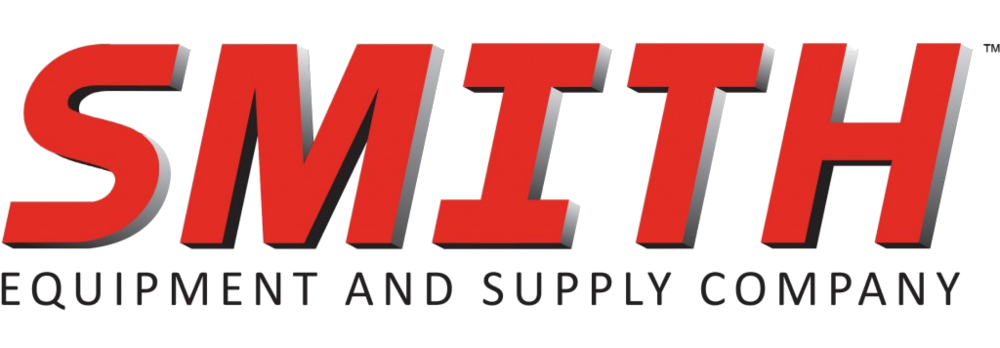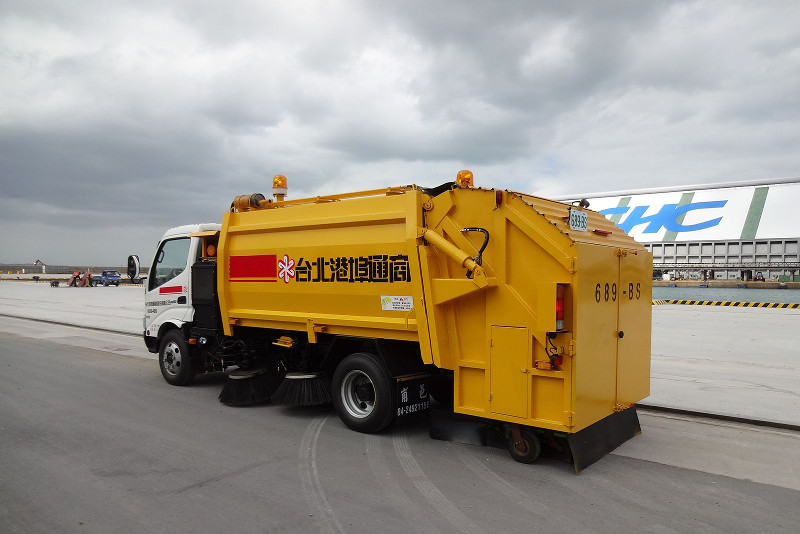It’s no secret that mechanical sweepers are built to take on the roughest road conditions. They are responsible for helping keep our streets clean, which is a super tough job. Like all things that work hard, there is gradual wear and tear over time. Given that mechanical sweepers are expensive machines, you want to get your money’s worth! So here are some ways you can show your mechanical sweepers some TLC so you can ensure your machine will last a lifetime.
Tip #1: The Conveyor System
One way to help your conveyor system is through belt training. You don’t want your belt to start tracking to one side, you want it to stay in the middle. Thankfully most mechanical sweepers have adjusters to help with the tensioning of the belt to keep it where it needs to be. To adjust your belt, put the conveyor into the operating position and allow the belt to run for several minutes. This will help the belt get warm and more pliable and allow you to adjust it to the proper tension. If the tension isn’t tight enough, then the belt will sag and the cleats will make contact with the metal pan underneath, likely damaging the cleats and in some cases, even the pan. If the tension is too tight the bearings that support the rollers will wear faster causing early damage to the machine. You want to make sure your belt remains in the center. Just keep an eye out on it while it’s in movement from time to time. Having a hard time spotting the belt? Use spray paint to go across one of the edges so you can see it’s movement more clearly.
Tip #2: The Chain & Squeegee Elevator
For reference, this design features rubber flights sandwiched between two strips of metal used to mount the assembly to the chains. Much like the conveyor belts, the chain needs adjusting from time-to-time. A saggy chain means strands that rub together, which can cause extreme wear. A proper sag in the chain should be about 3-5/8 inches between strands. On the flip side, over tensioning the chain could lead to rapid chain and bearing wear. It’s a bit of a trial and error process to test the tension of your chains. If you need to fix the sag, we would suggest adjusting the tension no more than one inch at a time.
The second adjustment that can be made is meeting of the flight into the lower elevator pan. The flight needs to make contact with the lower radius of the pan as the flight meets the pan. If you are noticing a problem, then try adjusting the clearance of the flight by 1/16 of an inch.
The third adjustment that can be made is for the flight now at the upper elevator pan. Again the clearance needs to be 1/16 of an inch to make sure the pan can leave without dropping off the edge. If there is a need for adjustment, this can be found at the bearings mounted in the elevator housing. Once the attaching hardware is loosened you can use a standard prybar to adjust the clearance to where it needs to be.
Tip #3: Broom Contact Patterns
A broom contact pattern that is set correctly can greatly improve the longevity of your brooms on your mechanical sweeper. A properly adjusted broom means cleaner, more accurate sweeps with no debris left behind. There are two types issues that can occur with brooms: coning and down pressure. Ideally, the broom with make a crescent like pattern with the curb it is contacting.
Generally, broom contact patterns are 4 to 6 inches wide from left to right. Any variation from these measurements means coning has occurred. Unfortunately there is no fix to a coned broom and call cause for replacement. Keep an eye out on the wear and tear of your brooms so you can be aware when coning is happening.
Down pressure is essential to the life of your brooms. If there is too much down pressure present it will extend the termination points of the crescent pattern, flattening out the bristles and accelerating the wear of the broom as a whole. Here’s a tip to help identify if you are dealing with too much down pressure: if a uniform water marker is higher than 1.5-2.5 inches up the side of the bristles is a pretty good indicator of down pressure. If you are noticing this, then you may want to adjust the down pressure of your mechanical sweeper!
Give your mechanical sweeper the love it needs.
Get the most out of your mechanical machines with these helpful tips. Regularly checking up on the conveyor system, chain and squeegee elevator and broom contact patterns could help lengthen the life of your mechanical sweeper allowing you to get your money’s worth and help keep the streets clean.


